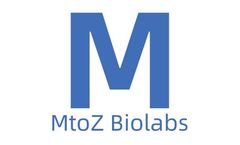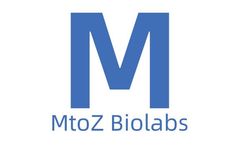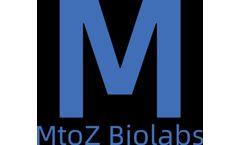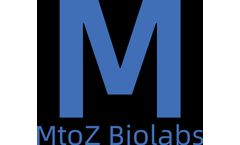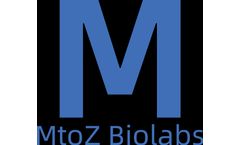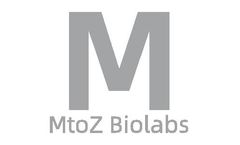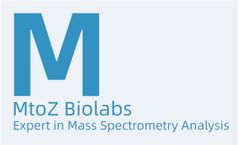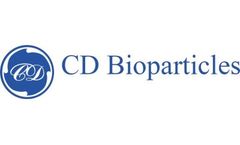Biomedical Scientific Articles & Analysis: Older
57 articles found
Stable cell lines are an indispensable tool in the realm of biomedical research, playing a crucial role in advancing our understanding of cellular processes and disease mechanisms. ...
Gene editing has emerged as a transformative tool in the field of biomedical science, with significant implications for the treatment of various diseases. The primary focus is on harnessing this technology for modifying primary T cells, a type of white blood cell crucial for the immune response. This approach has opened new avenues for immunotherapy, providing hope for treating conditions like ...
HCEC-12 is a well-established human corneal epithelial cell line derived from human corneal tissue. It plays a crucial role in ocular research, particularly for studies related to corneal physiology, wound healing, and the pathogenesis of various ocular diseases. This article delves into the characteristics, applications, and significance of the HCEC-12 cell line in biological and medical ...
Collagen is an important structural protein that is widely found in various biological tissues, such as skin, bones, tendons, and blood vessels. Accurate determination of collagen content is very important for biomedical research, disease diagnosis and quality control of related products. Here are some commonly used methods for determining collagen content.ChromatographyHigh-performance liquid ...
Sialic acid proteins are a special type of glycoproteins, characterized by the presence of sialic acid at the end of the sugar chain. Sialic acid is a biologically important sugar molecule that plays a crucial role in many intercellular interactions, including cell recognition, adhesion and signal transduction. Therefore, the detection of sialic acid proteins holds significant value in disease ...
In biomedical research, the detection and analysis of biomarkers are crucial. Among them, glycoproteins are an essential biomarker that plays a key role in many biological processes, including disease onset, progression, and treatment response. The Tandem Affinity Purification (TAP) of glycoprotein is an efficient detection method.What Is a Glycoprotein?Firstly, let's understand what a ...
Boxcab Antibody Sequencing is an important experimental method commonly used in studying cellular and protein responses. In biomedical research, antibodies are a powerful tool used in the detection and quantification of target antigens. However, a comprehensive understanding of the antibody requires knowledge of its amino acid sequence, which can be achieved through antibody sequencing.Antibody ...
Recombinant Type III Collagen is a type of collagen protein produced through biotechnological methods. In nature, collagen is a vital structural protein, widely present in the skin, bones, tendons, and other connective tissues of humans and animals. Type III collagen is particularly common in newly formed connective tissues and rapidly growing tissues, such as during the wound healing process.The ...
DIA (Data Independent Acquisition) proteomics sequencing is used for high-throughput, high-sensitivity proteomics analysis. Compared with the traditional DDA (Data Dependent Acquisition) technology, DIA technology can provide a more comprehensive proteome coverage and more reliable quantitative results. DIA technology has a wide range of applications in biomedical research, disease biomarker ...
The ubiquitination site of a protein refers to those specific amino acid residues on the protein molecule that can covalently bind with Ubiquitin. Ubiquitin is a small protein that plays an important regulatory role in cells, particularly in protein degradation and signal transduction. Ubiquitination is a post-translational modification process where ubiquitin molecules are attached to specific ...
Targeted metabolomics studies validate previous scientific hypotheses or possible biomarkers and perform more targeted studies with high precision, reproducibility and selectivity, also known as hypothesis-driven experiments. ...
Imagine a world where diseases like cancer, Alzheimer's, and Parkinson's could be diagnosed and treated at the molecular level, long before symptoms even appear. This is the promise of fluorescent biopolymers, a revolutionary new class of materials that could transform the field of biomedical research. What Are Fluorescent Biopolymers? At their core, biopolymers are simply long chains of ...
ByMatexcel
Introduction Cellular mechanisms driving cell death play a crucial role in various physiological and pathological processes. One such mechanism is apoptosis, a tightly regulated process vital for maintaining tissue homeostasis, development, and immune response. Apoptosis assays are valuable tools used by researchers to study the intricate details of this cellular event. This blog aims to ...
Click chemistry has revolutionized the field of bioconjugation, offering a robust and versatile approach for linking biomolecules, such as proteins, peptides, nucleic acids, and carbohydrates, to create novel materials and probes. Traditionally, copper-catalyzed azide-alkyne cycloaddition (CuAAC) has been the cornerstone of click chemistry, but concerns about cytotoxicity and metal contamination ...
Introduction For years, scientists have leveraged the brilliant potentialities of genetic science to explore how cells function and interact in living organisms. Among the numerous tools employed are "reporter systems," which use a visible marker to track gene expression, protein interactions, and other vital biological processes. One such system employs reporter lentiviral particles, using the ...
Recombinase Adeno-Associated Virus (rAAV) particles have taken the center-stage in gene therapy research and development due to their exceptional genetic manipulation capabilities, safety and unprecedented therapeutic success. As biomedical science advances, there is an ever-increasing enthusiasm in the usage of rAAV particles as effective vehicles for gene delivery and the subsequent therapy. ...
Micelles refer to molecularly ordered aggregates that begin to form in large quantities after the surfactant concentration reaches a certain value in an aqueous solution. In micelles, the hydrophobic groups of surfactant molecules aggregate to form the core of the micelle, and the hydrophilic polar groups form the outer layer of the micelle. Liposomes are an artificial membrane. In the water, the ...
Proteolysis Targeting Chimeras (PROTACs) are a novel approach for degrading target proteins. Recently, a new split-and-mix PROTAC (SM-PROTAC) system based on liposome self-assembly, known as LipoSM-PROTAC, was reported in the Journal of the American Chemical Society. The LipoSM-PROTAC system exhibits selective degradation of target proteins, with folate serving as a key ligand. In this study, the ...
Imagine tiny spheres, smaller than a red blood cell, glowing as they navigate the labyrinthine corridors of the human body. These aren't fireflies, they're fluorescent liposomes, a cutting-edge tool in the world of drug delivery and biomedical research. What are liposomes? Liposomes are microscopic bubbles made from phospholipids, the same fatty molecules that make up cell membranes. These ...
Animal models play a critical role in biomedical research, as they allow scientists to study complex disease processes, develop new therapies, and test their safety and efficacy before moving into human clinical trials. ...



